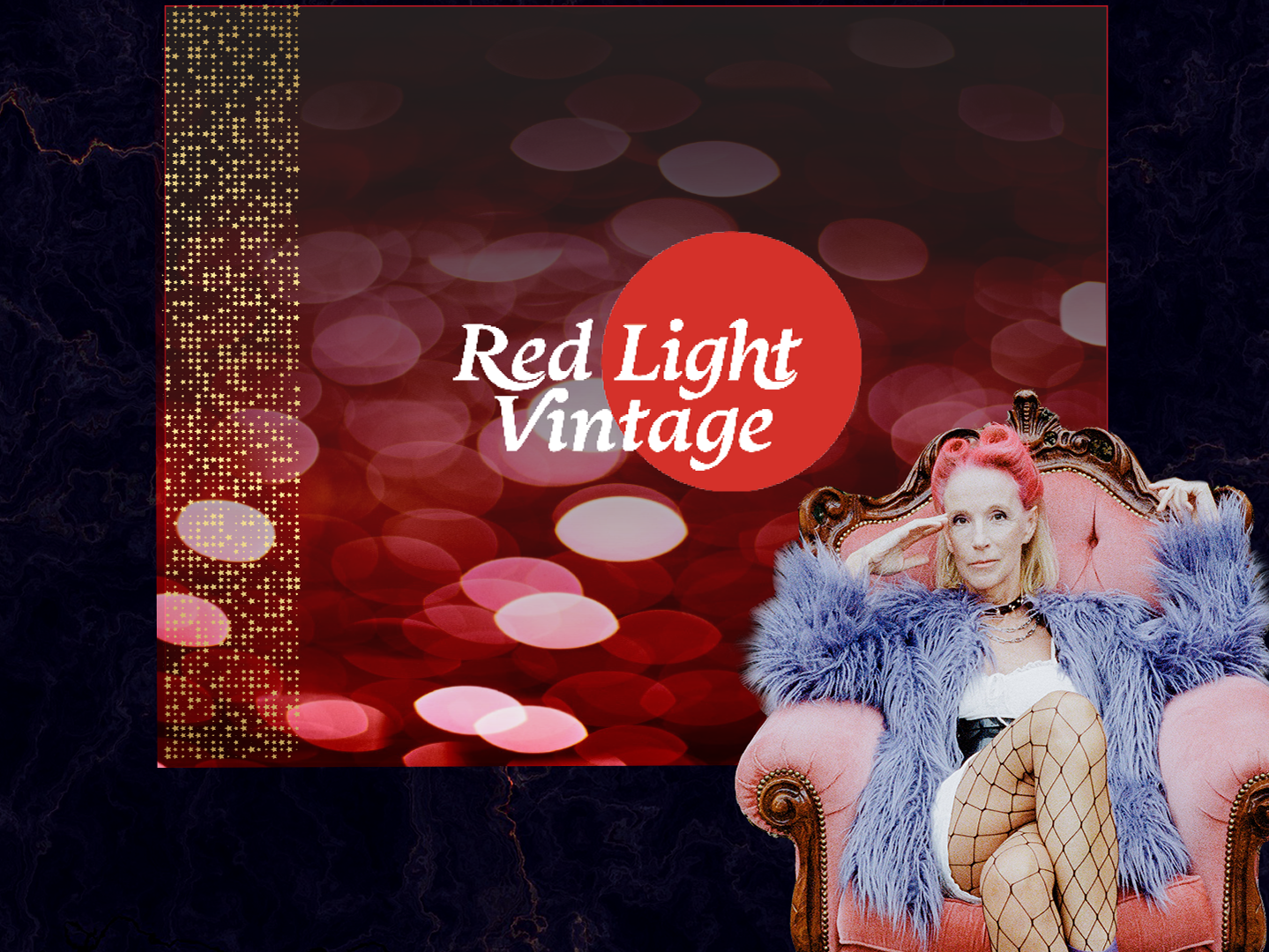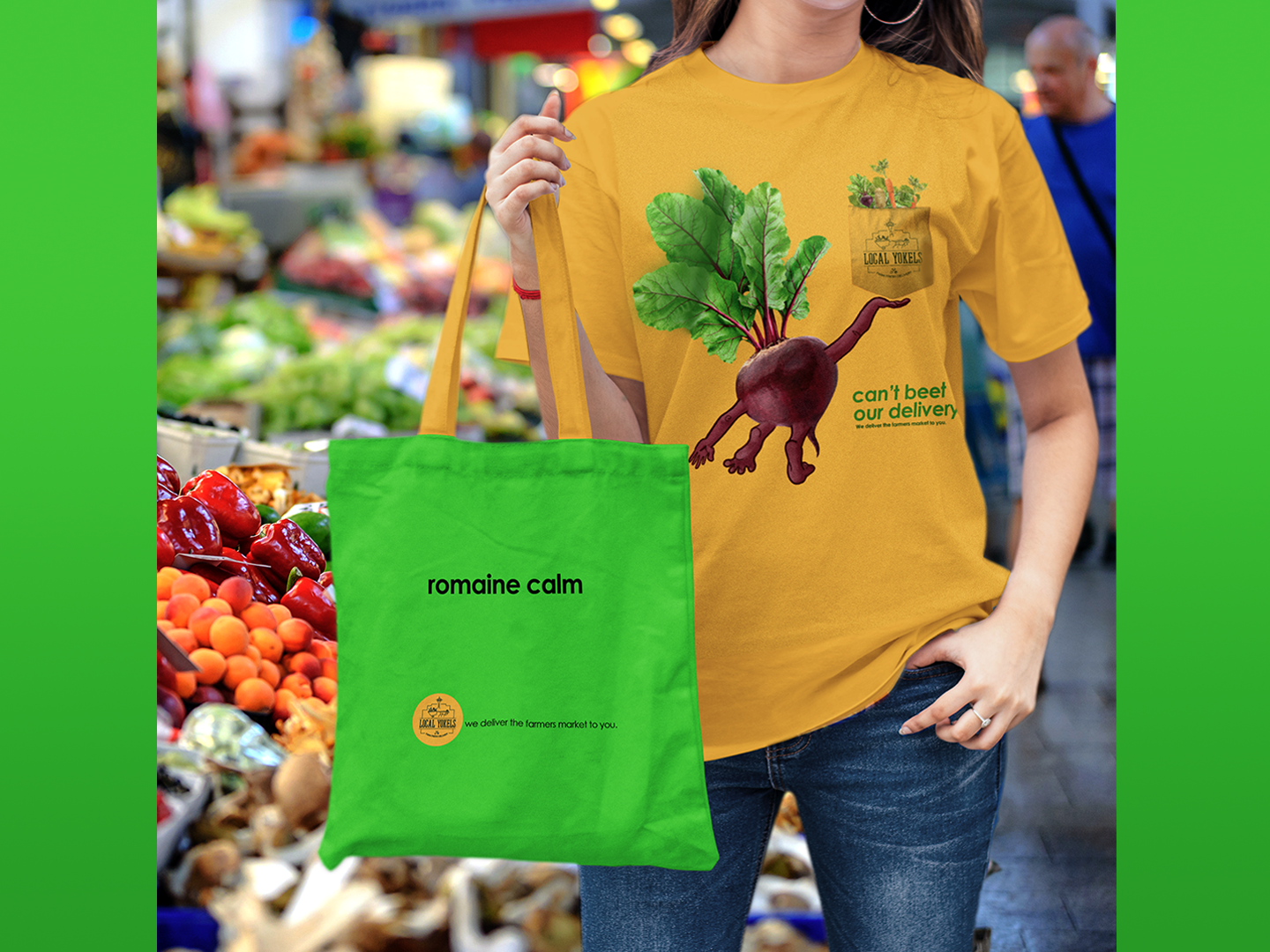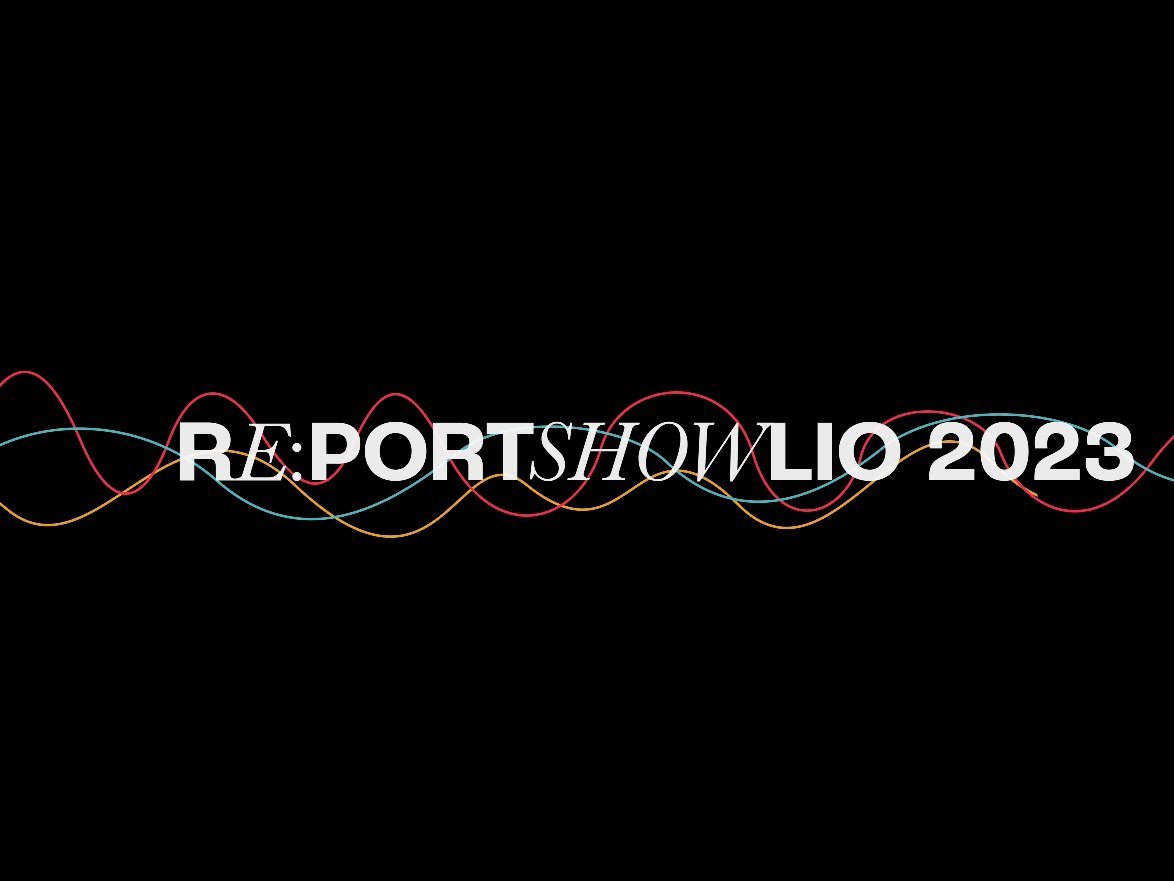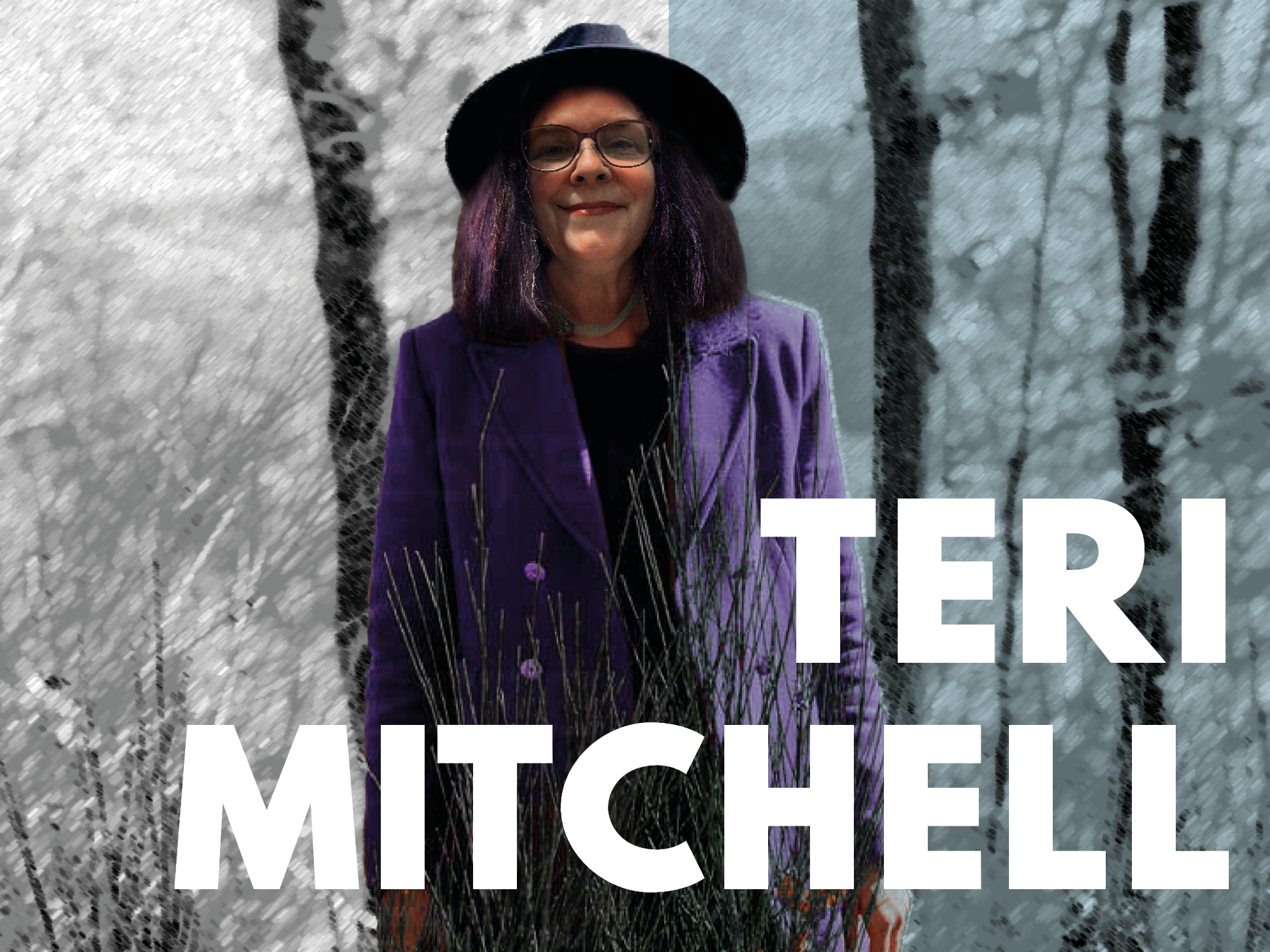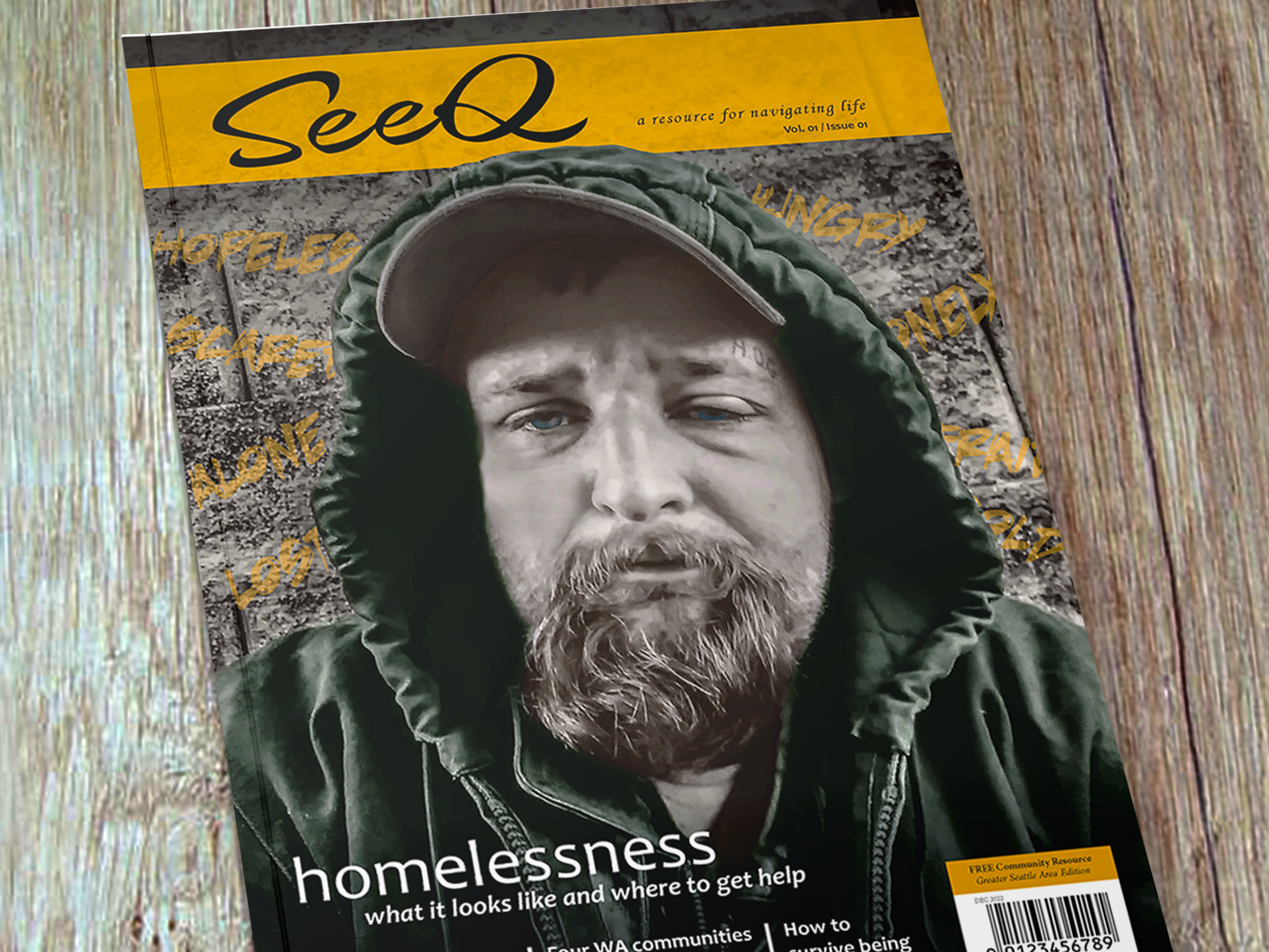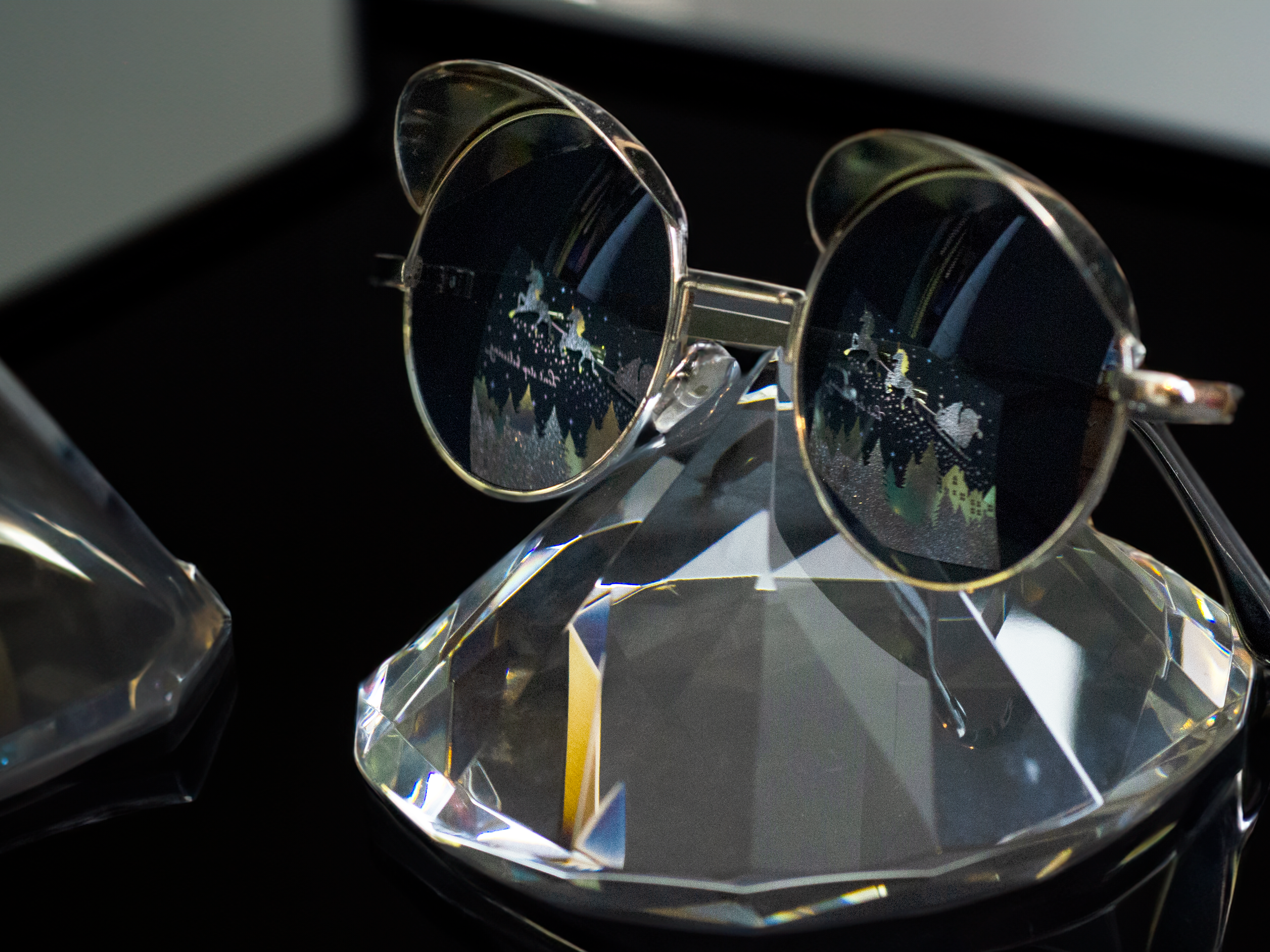Overview
Create packaging for a cultured meat brand.
Grow and mold a mycelium substrate tray for holding the product.
Design a package sleeve to slide over the mycelium substrate tray.
Roles: researcher, art director, designer, mold maker, assembler
Duration: 6 weeks
Tools: Illustrator, Photoshop
Team: packaging design = solo;
mycelium tray growing & molding / manufacturing company research associate = Greta Heller
mycelium tray growing & molding / manufacturing company research associate = Greta Heller
Client: school project / Mosa Meats
Problem
Designing packaging for cultured meat products requires addressing consumer concerns, including sustainability through the use of eco-friendly materials, providing clear labeling with comprehensive information, and focusing on convenient usability for consumers.
Solution
Experimenting with Mycelium substrate as an eco-friendly packaging material provides a positive option for addressing the issue of sustainable packaging.
Including clear labeling information about this being a cultured meat product helps build trust and transparency with consumers.
Designing the sleeve to have a look commonly associated with meat products helps promote a feeling of familiarity and comfort.
Research
Mosa Meat specializes in producing cultured meat, also known as lab-grown meat or cell-based meat. They aim to reduce the environmental impact of meat production, including greenhouse gas emissions, land usage, and water consumption. Their focus is on offering a more sustainable and ethical alternative to conventional meat.
The specific labeling requirements for cultured meat products in the US are still being developed. There are not currently any established, but the USDA has raised the possibility that the terms "meat" and "poultry", especially as stand-alone terms, may not be available at some point for cultured food products.
Including a clear statement on the packaging indicating that the product is a cultured meat product is positive for consumer relations as it promotes transparency, builds trust, and helps consumers understand the innovative and sustainable nature of the product.
Mycelium Substrate
The sustainability of mycelium substrate makes it an exciting and promising option for food packaging. Derived from natural and renewable sources, mycelium offers biodegradability, compostability, and the ability to be molded into various shapes, presenting a potential solution as an eco-friendly and sustainable packaging material.
Note: these images represent the experimentation of growing and molding a mycelium substrate tray in a classroom environment, not in a hygienically safe space.
.

original mycelium substrate base
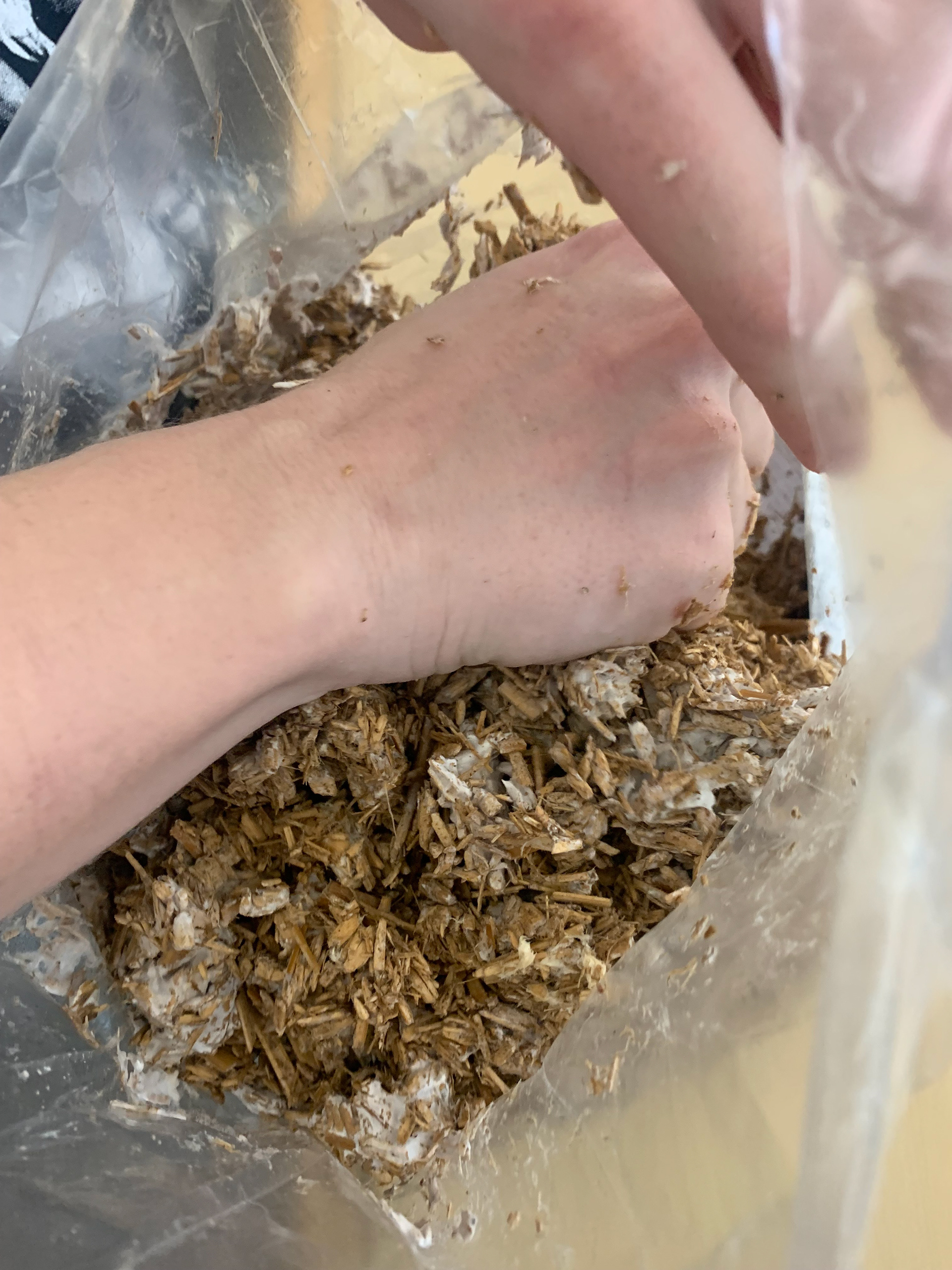
mixing ingredients
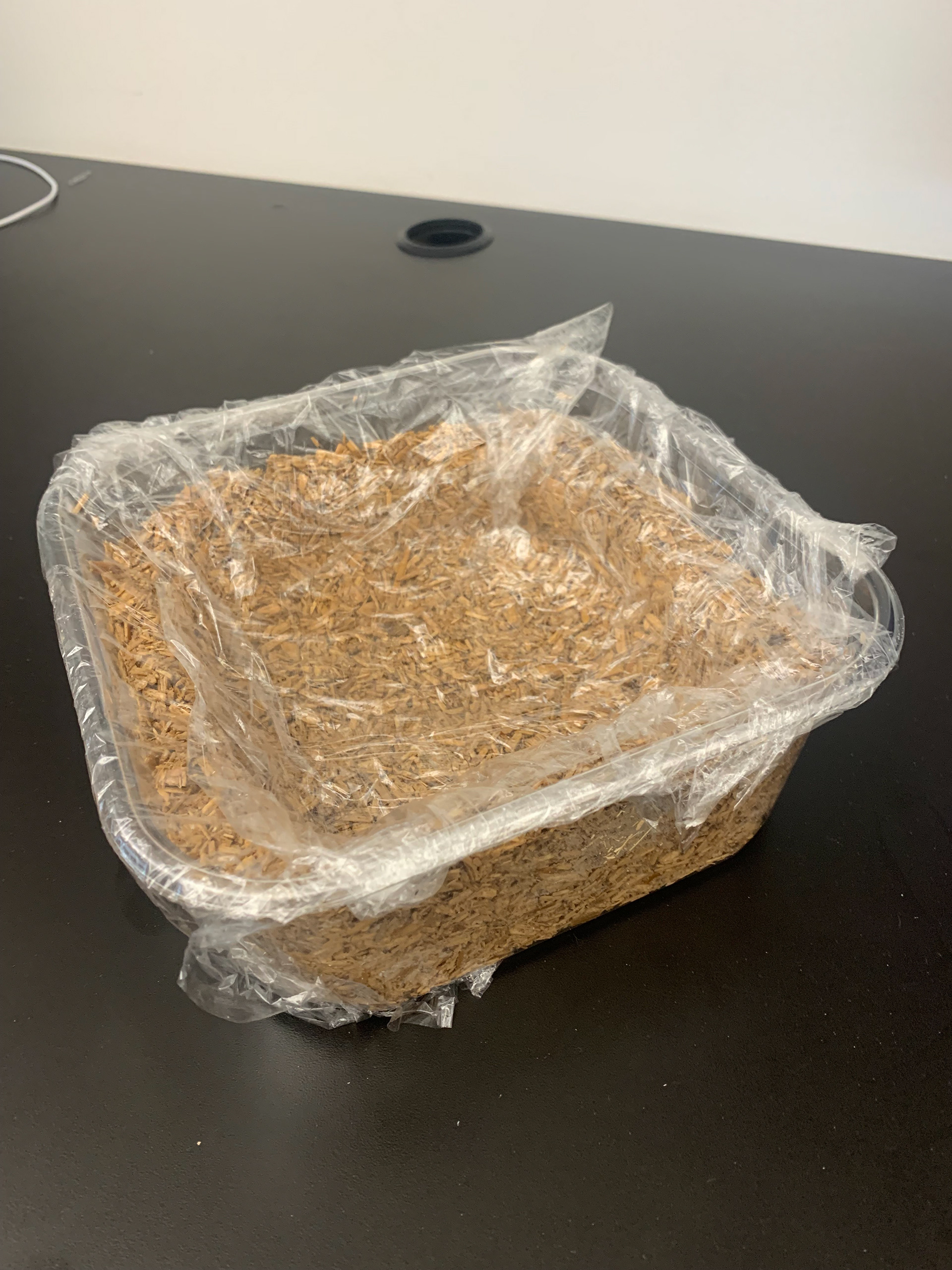
wet product mold

dry product tray after mycelium growth
Click on image to enlarge
Demographic
Cultured meat supporters can come from diverse backgrounds and span various age groups, but here are some general demographic factors typically associated with this group:
Age: Cultured meat supporters can range from young adults to middle-aged individuals who are conscious of sustainable and ethical food choices.
Education: A significant portion of this demographic may have higher education levels, reflecting an interest in scientific advancements and environmental issues.
Urban Dwellers: Cultured meat supporters are often found in urban areas where sustainability and ethical concerns are more prominent.
Environmental Consciousness: This group tends to prioritize environmental issues and seeks innovative solutions to reduce their carbon footprint.
Health-Conscious Individuals: Many cultured meat supporters are health-conscious, seeking nutritious and high-quality food options.
.
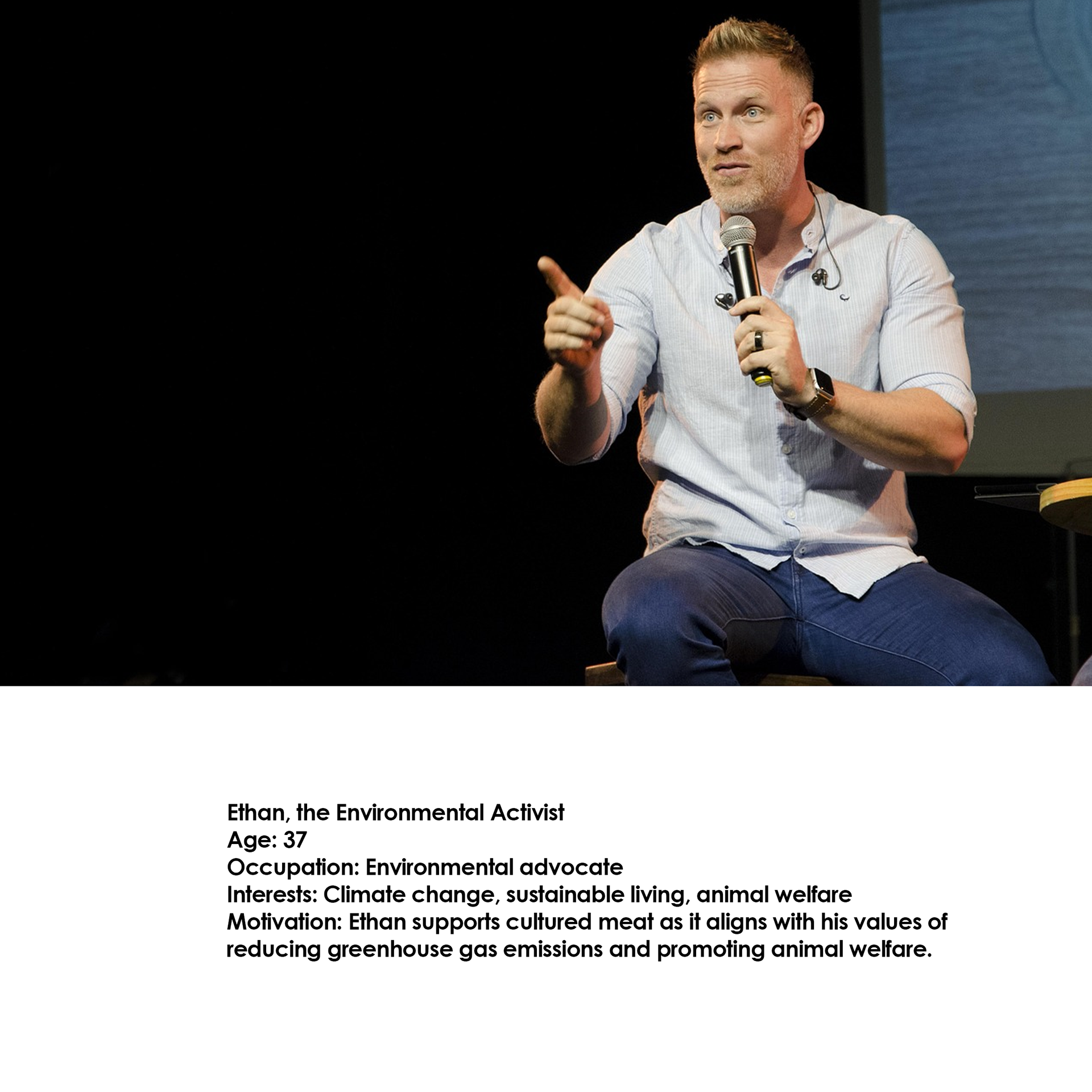
Persona 1
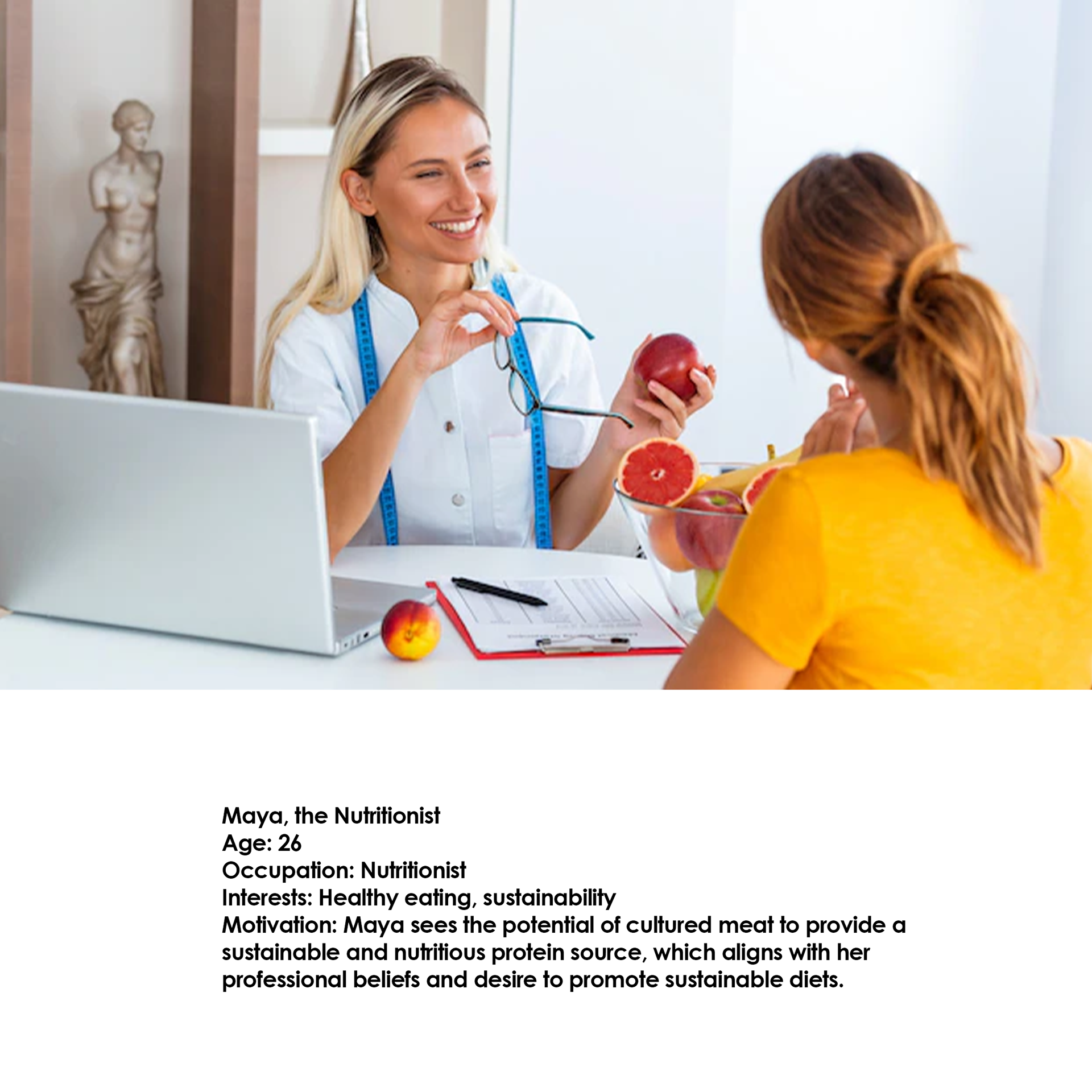
Persona 2
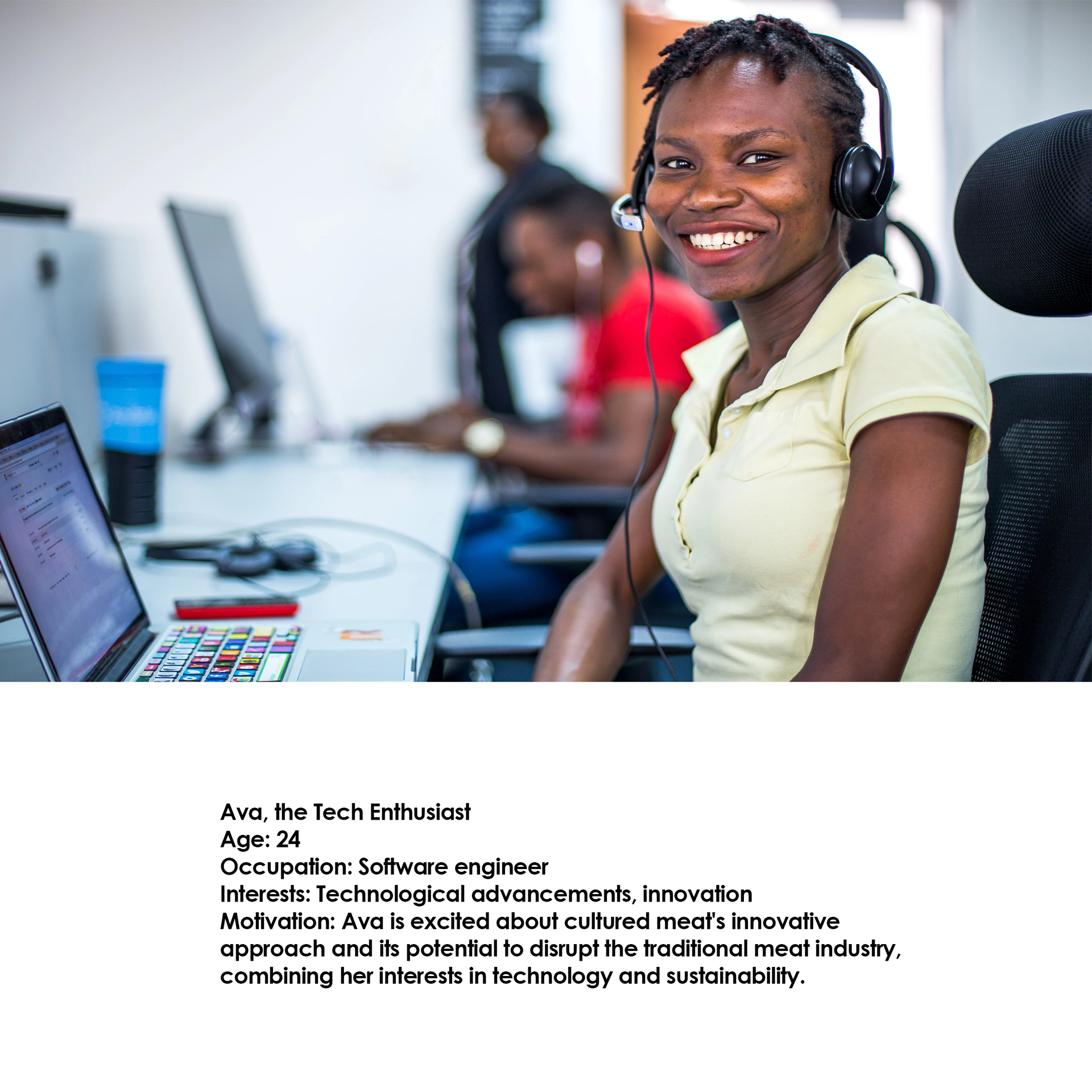
Persona 3
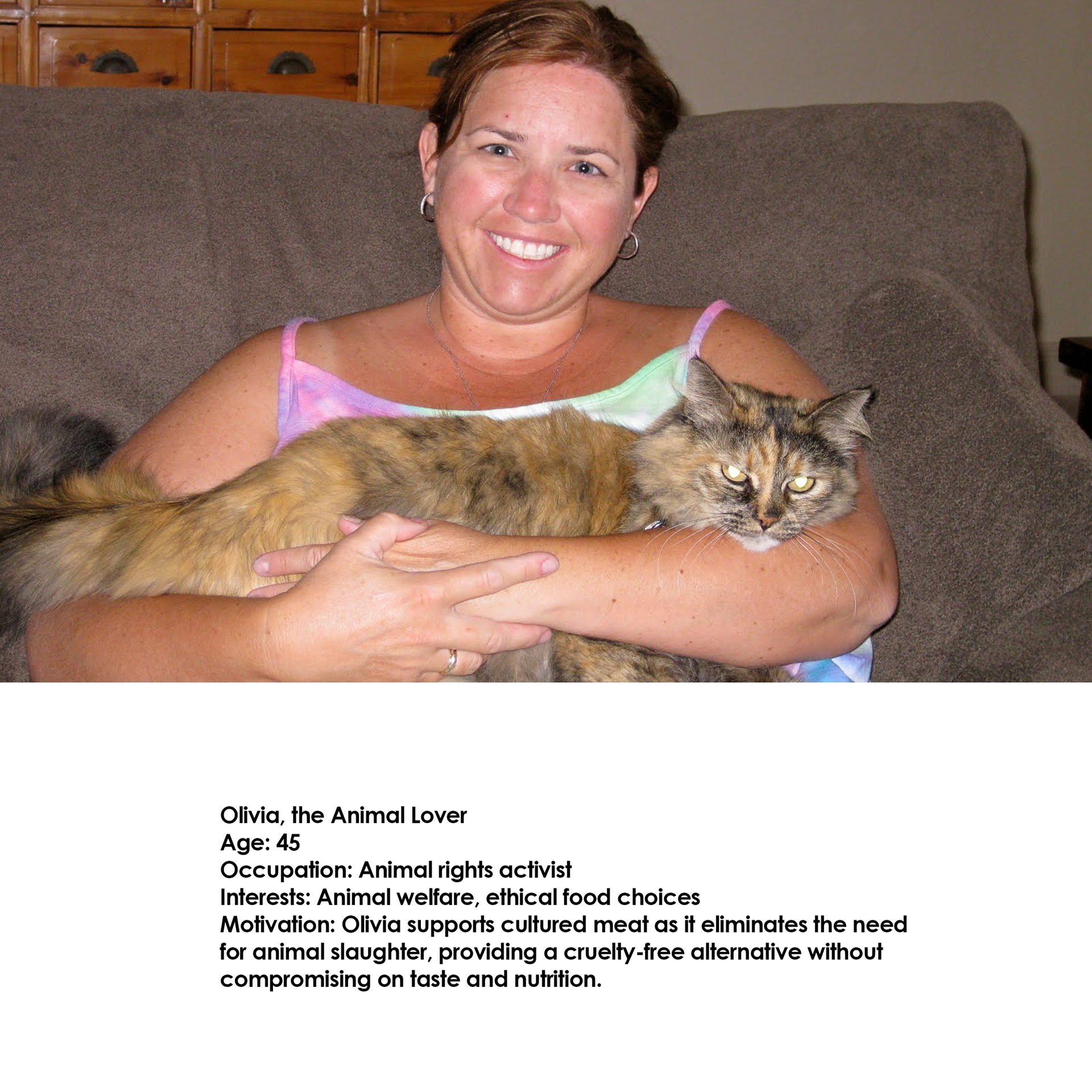
Persona 4
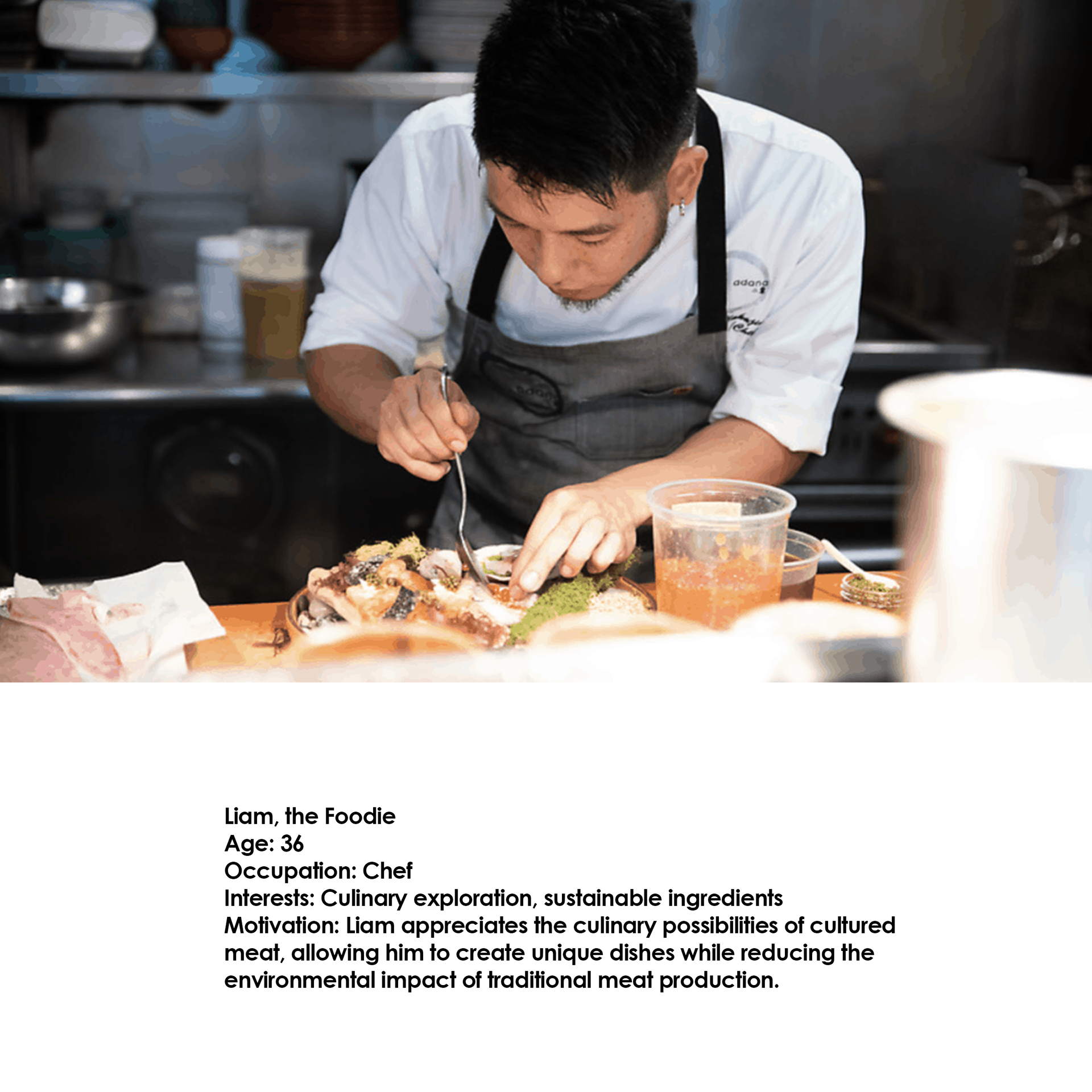
Persona 5
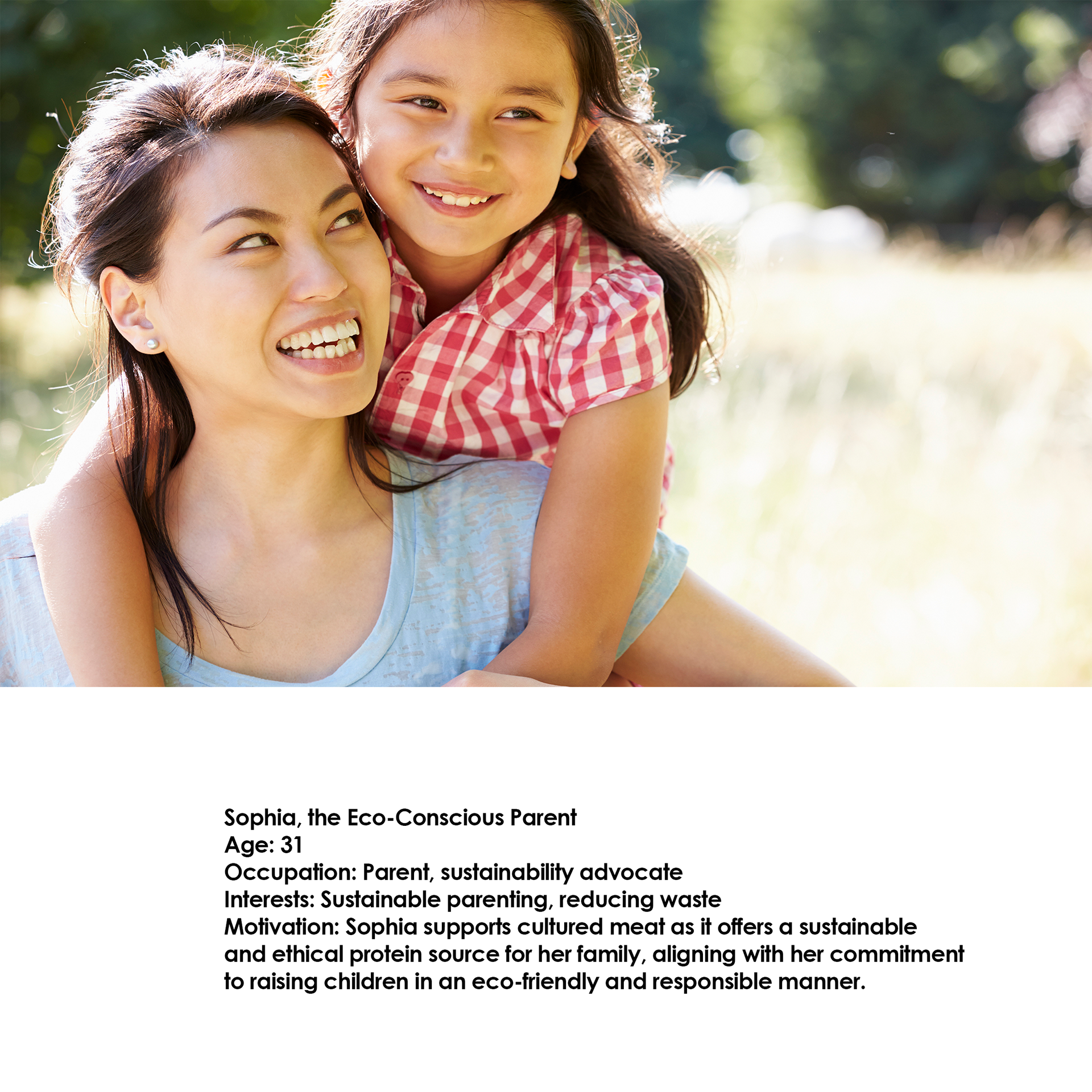
Persona 6
Click on image to enlarge
Package Design
Required elements for the packaging design include the original company logo, a sub-brand wordmark, the product name and other food-packaging related elements.
.
Initial Brainstorming Concept Sketch Samples

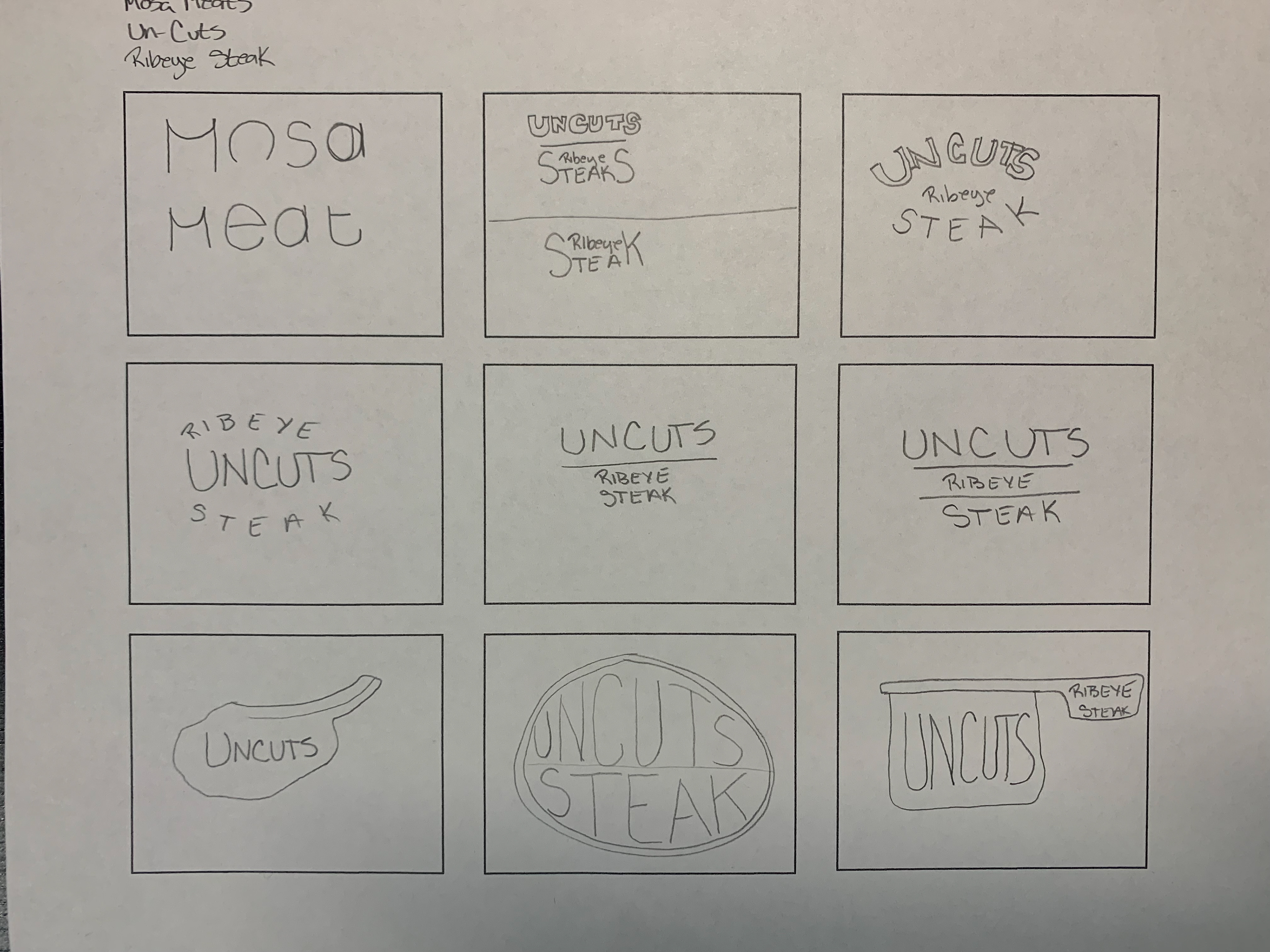
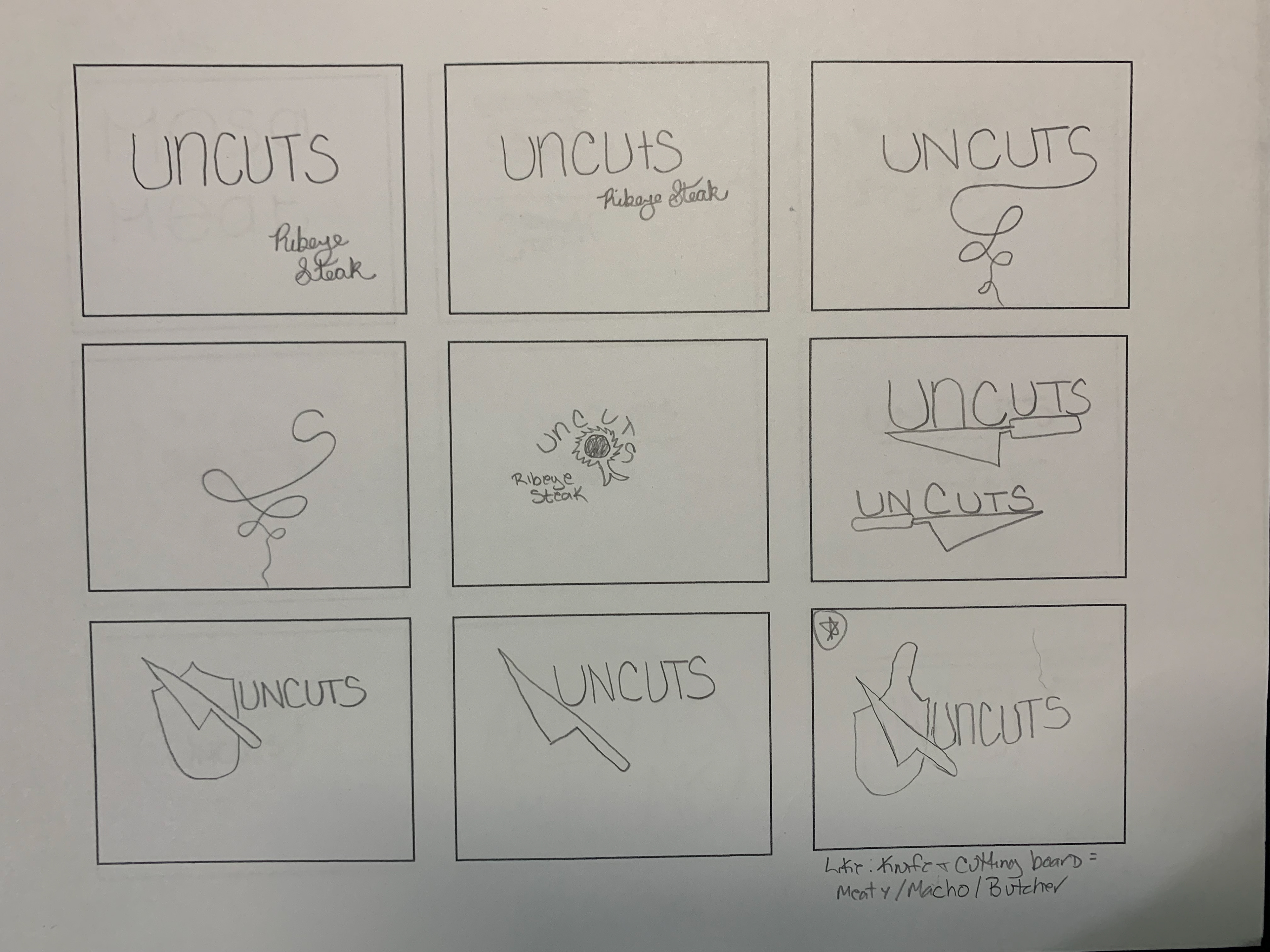
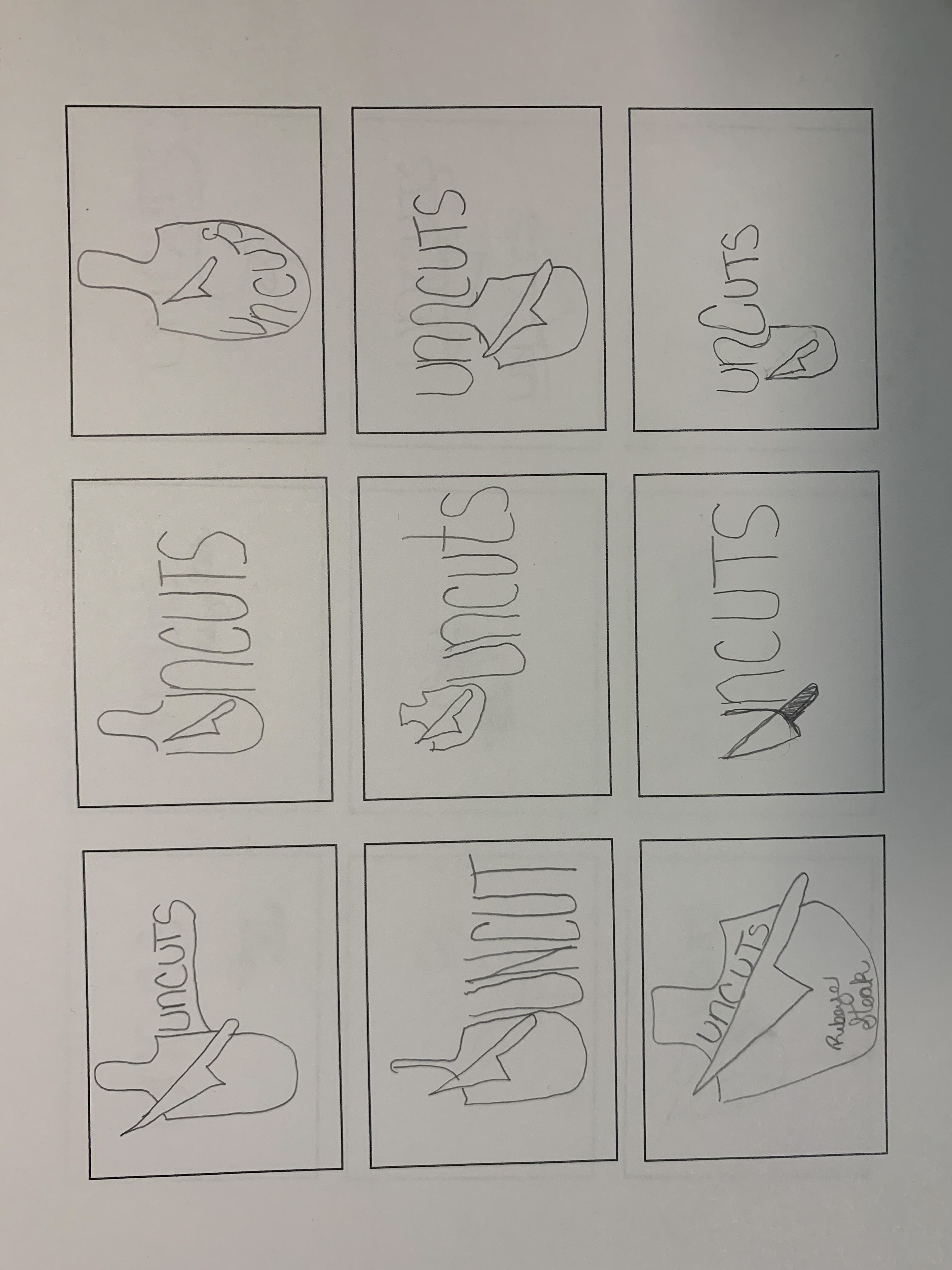
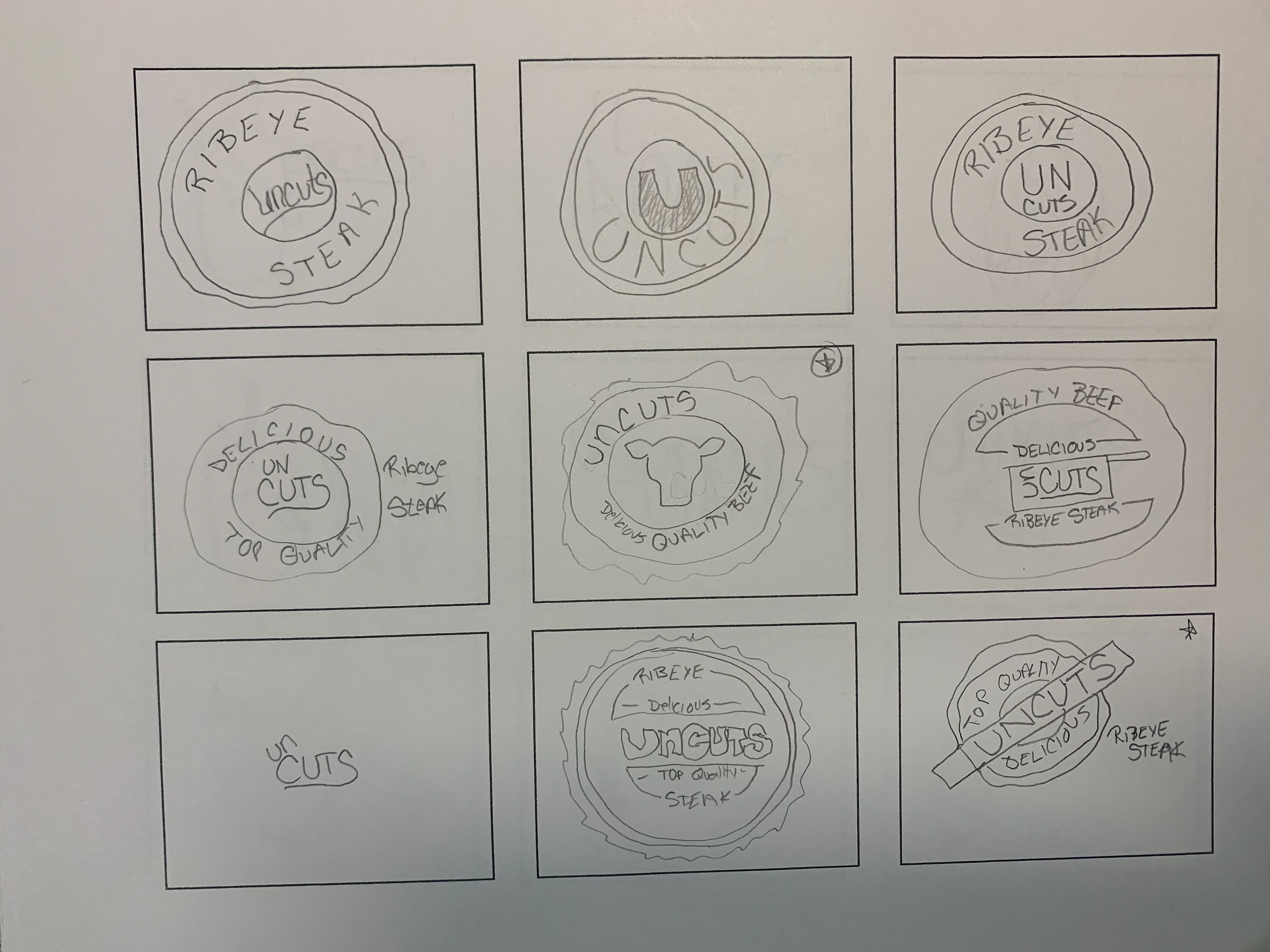

Click on image to enlarge
Layout Iterations and Layer Component Designs
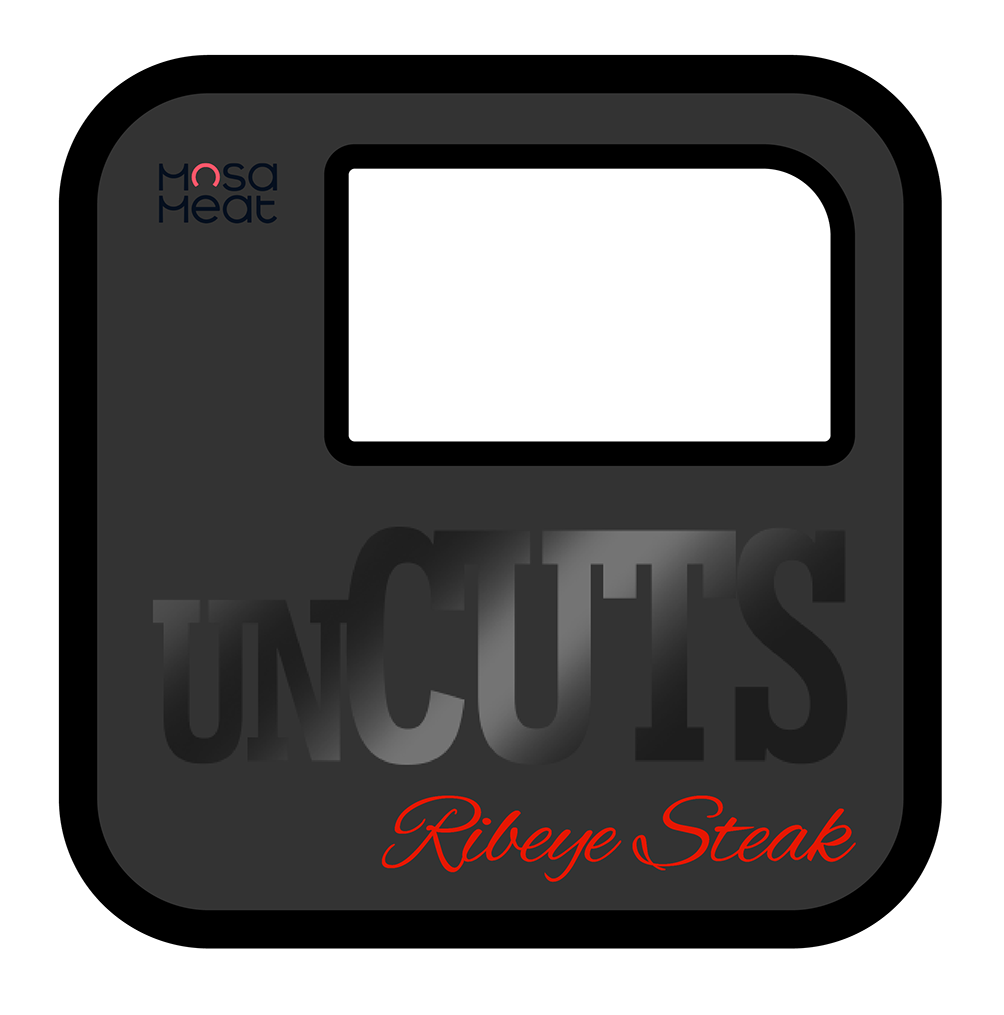
Layout 1
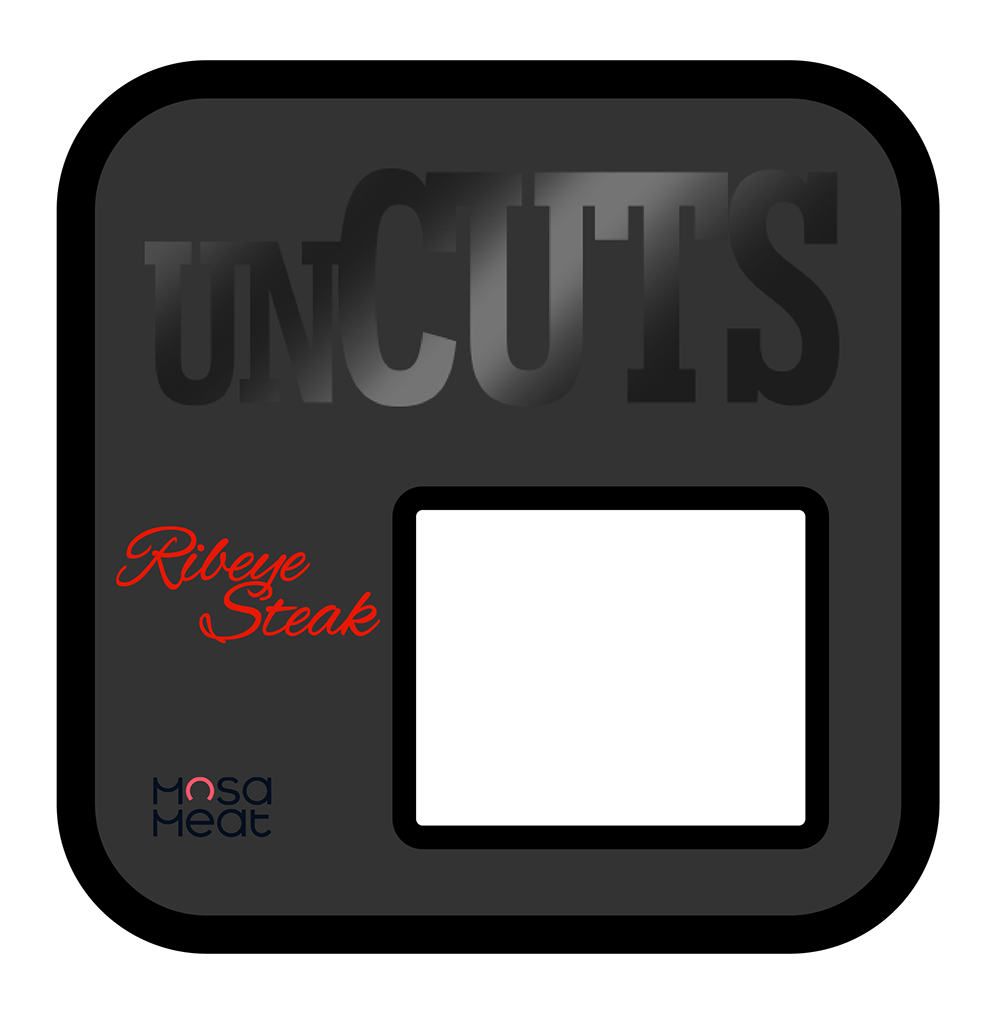
Layout 2
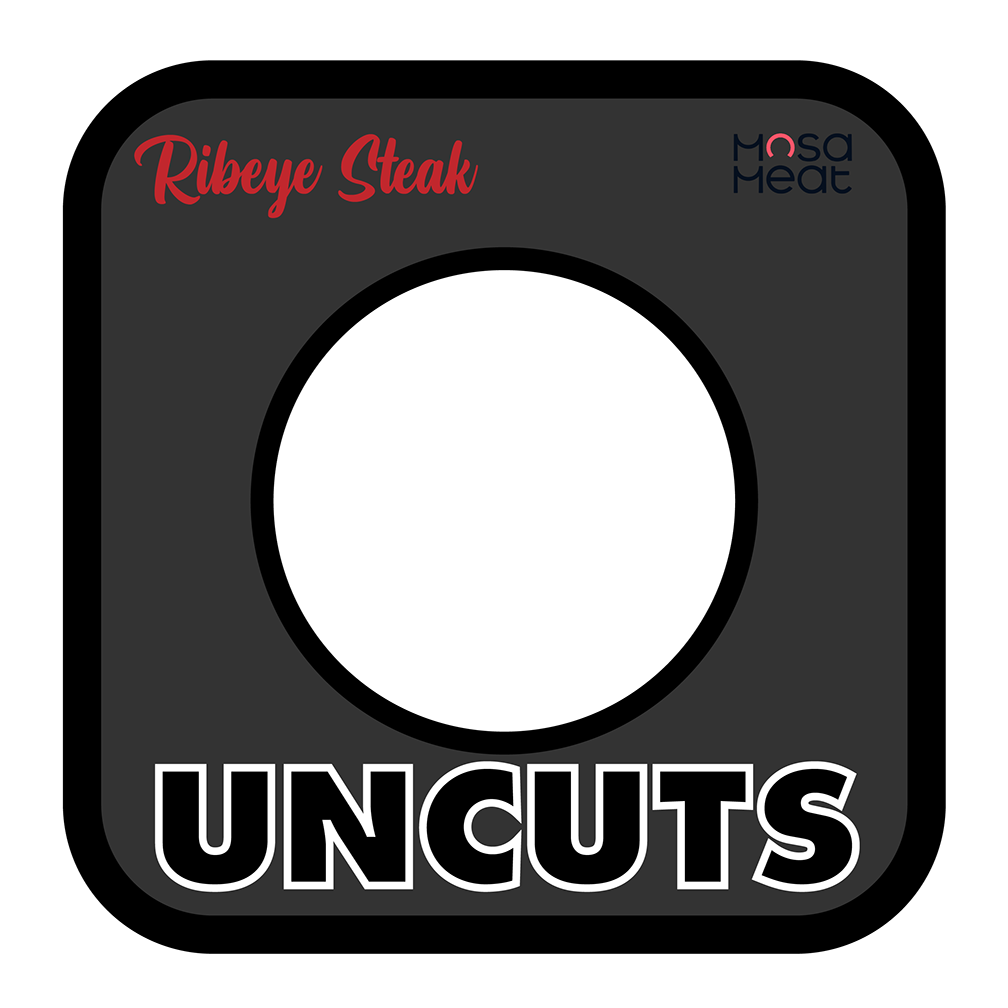
Layout 3
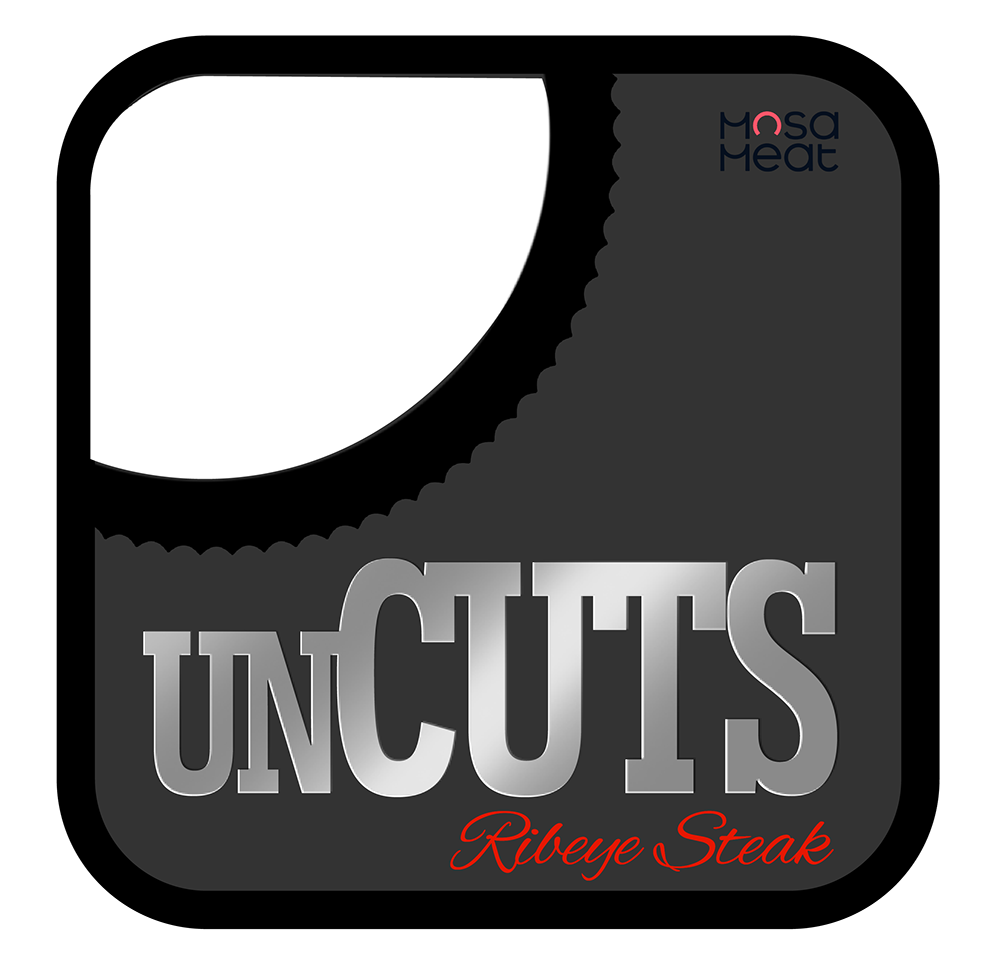
Layout 4
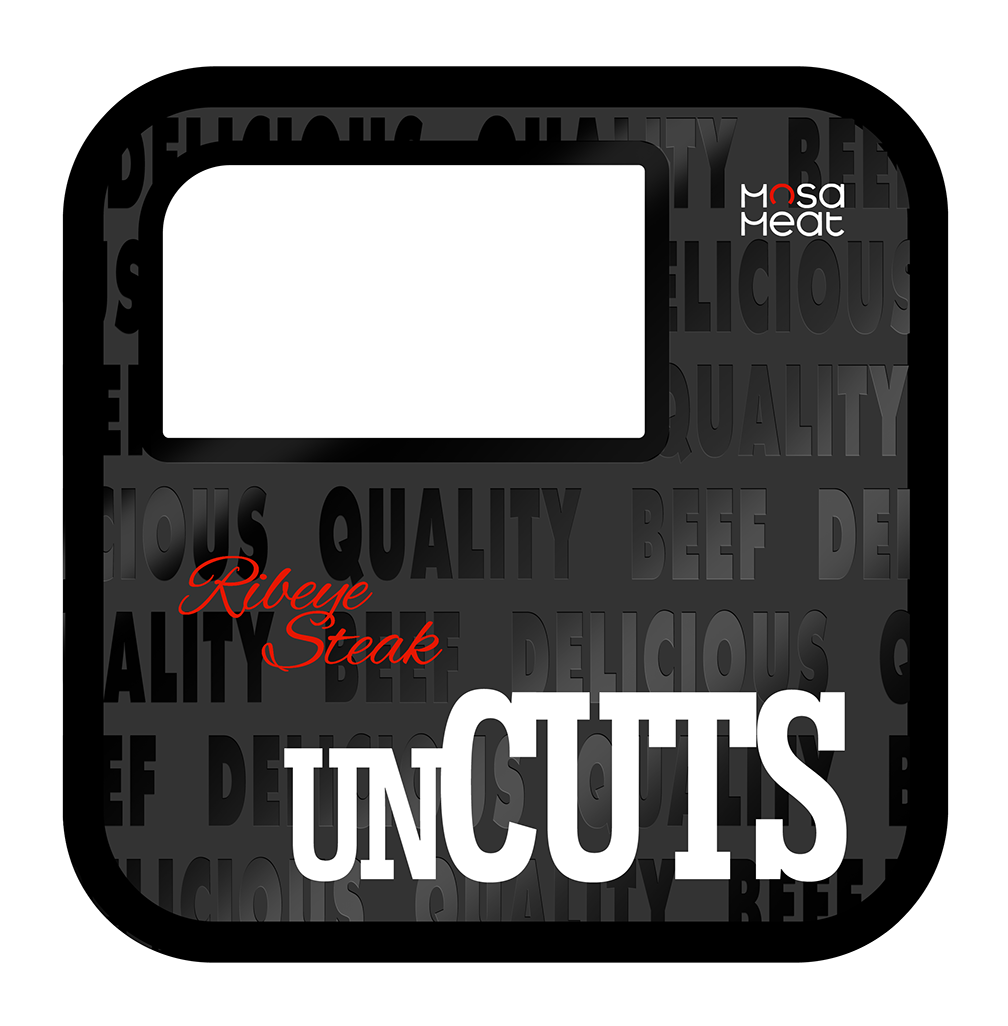
Layout 5

Layout 6

Glossy text 1
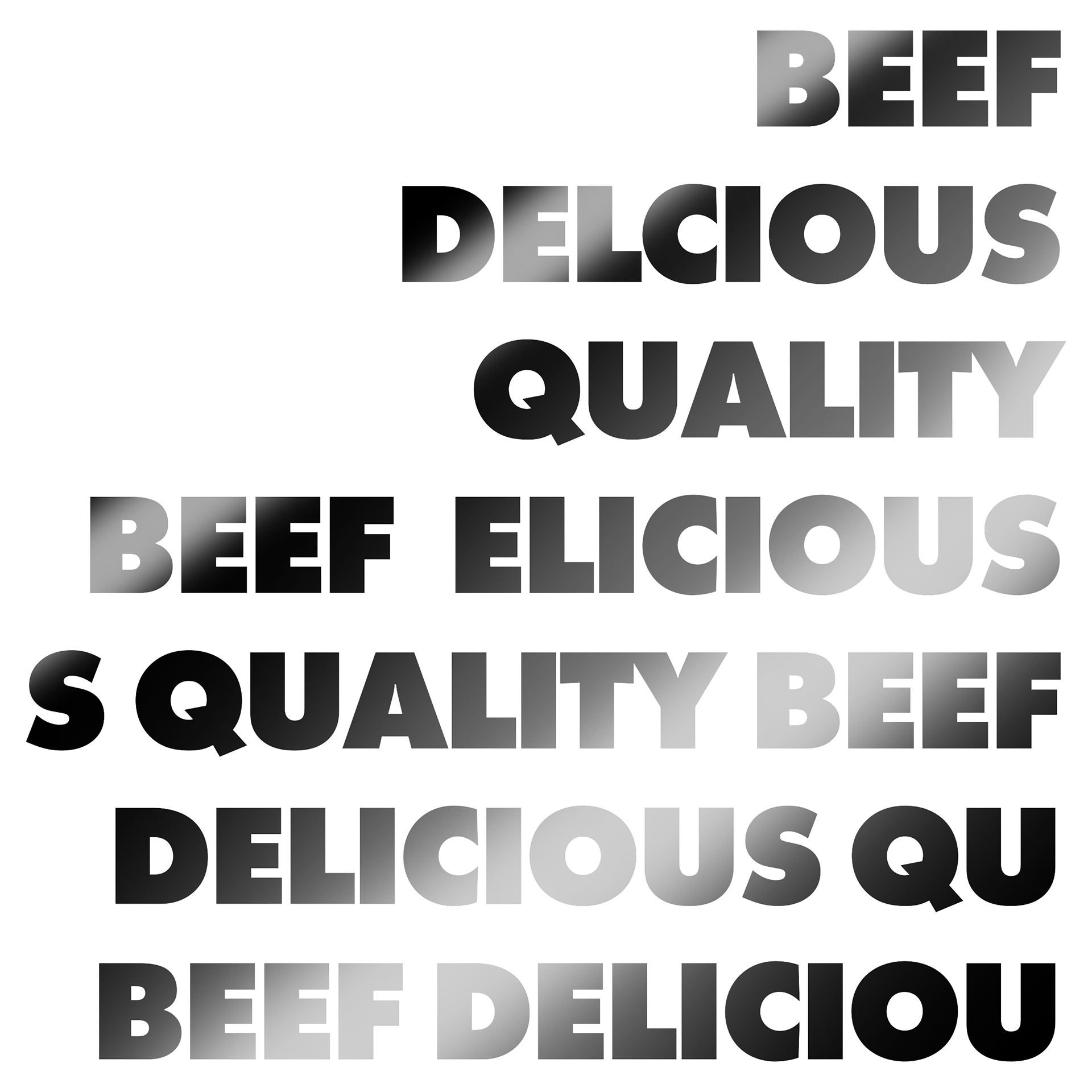
Glossy text 2
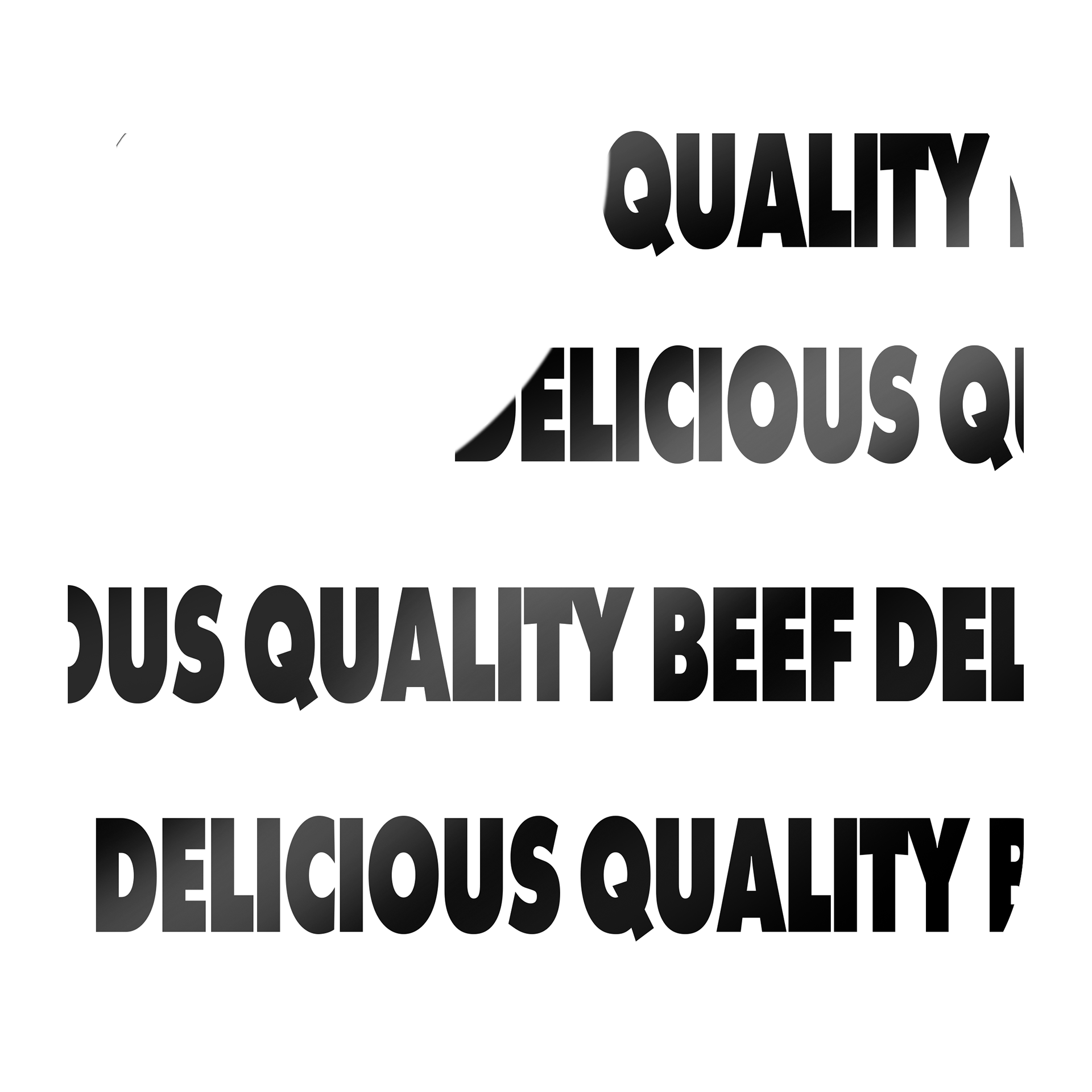
Glossy text 3

Highlight/reflection
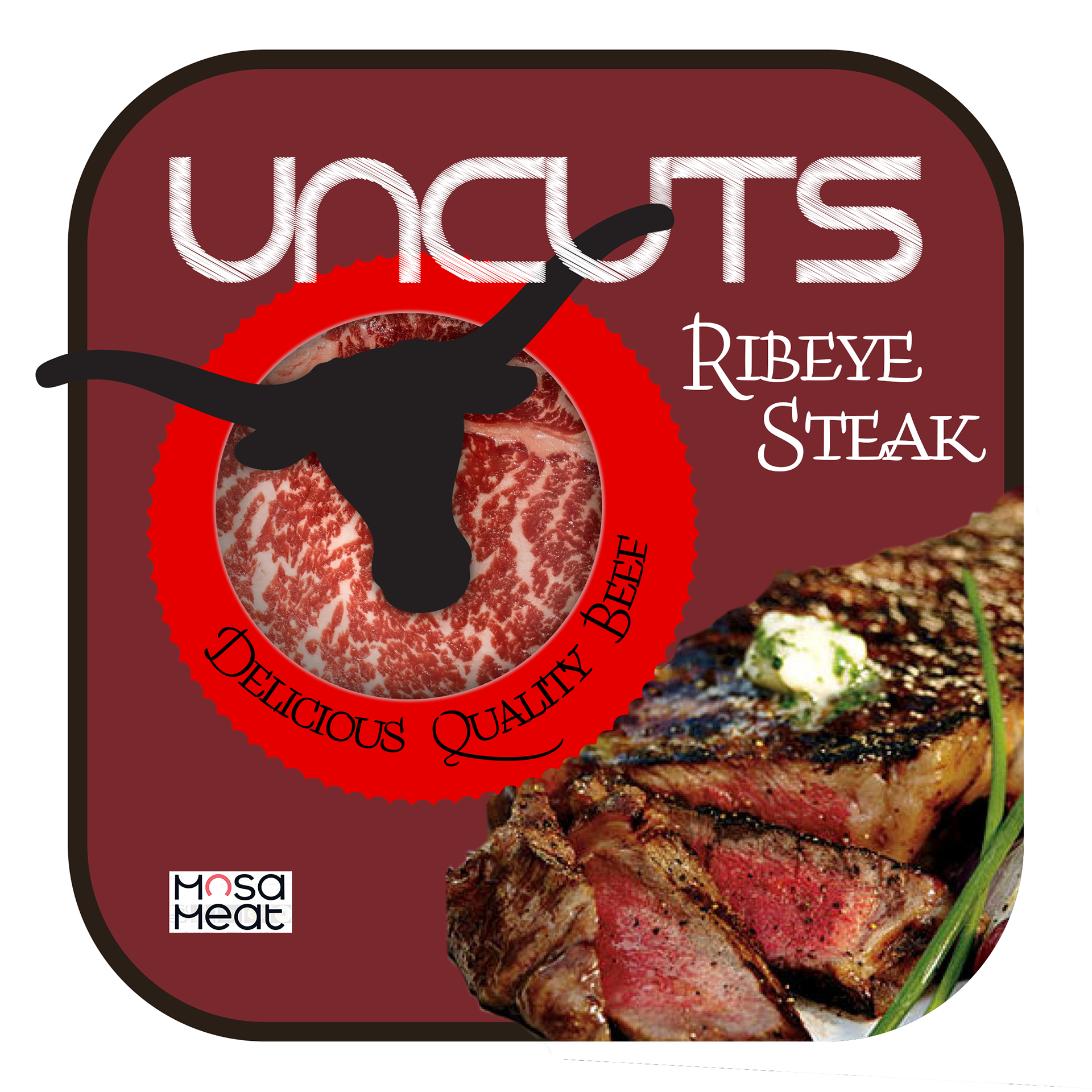
Layered comp 1
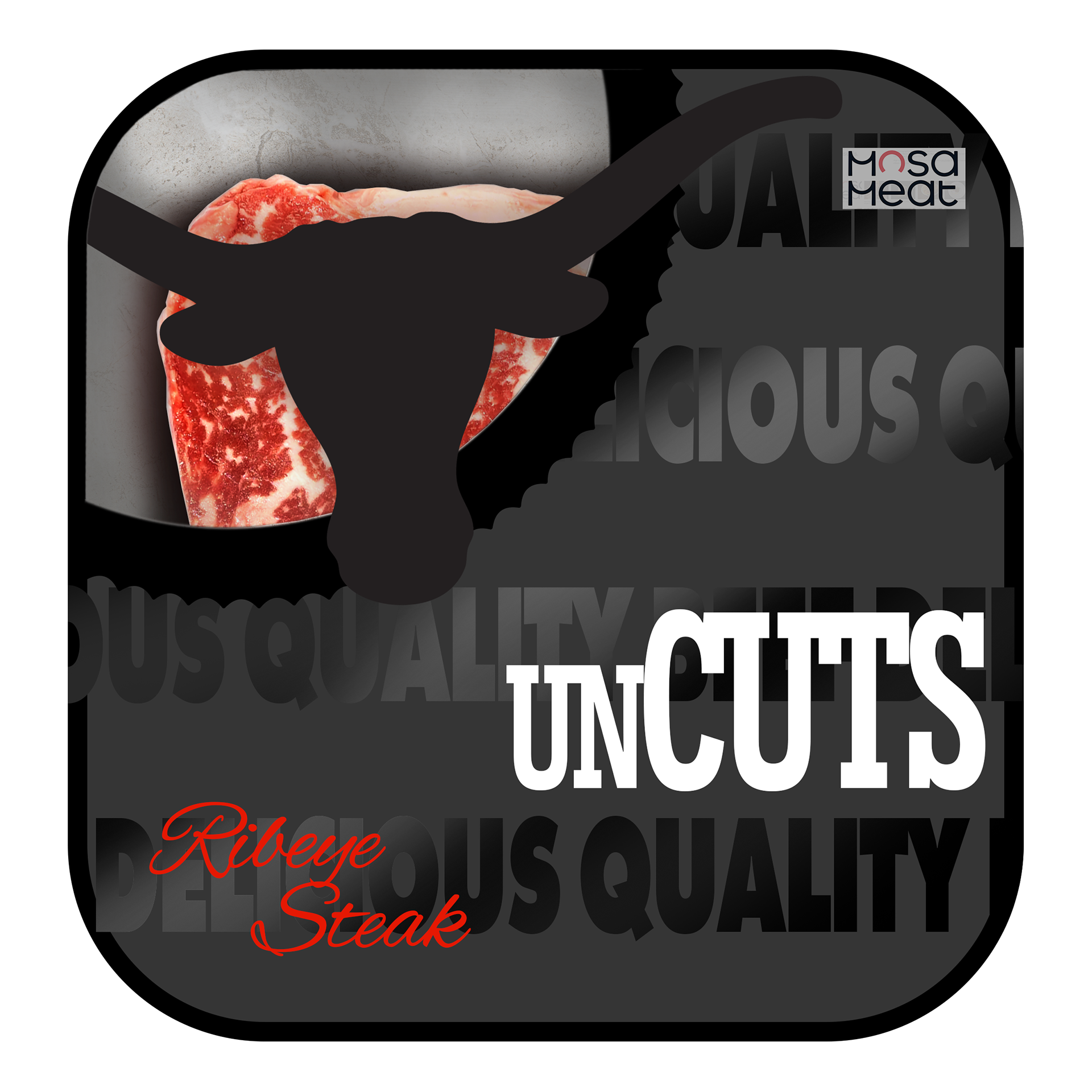
Layered comp 2
Click on image to enlarge
Dieline and Orthographic Views
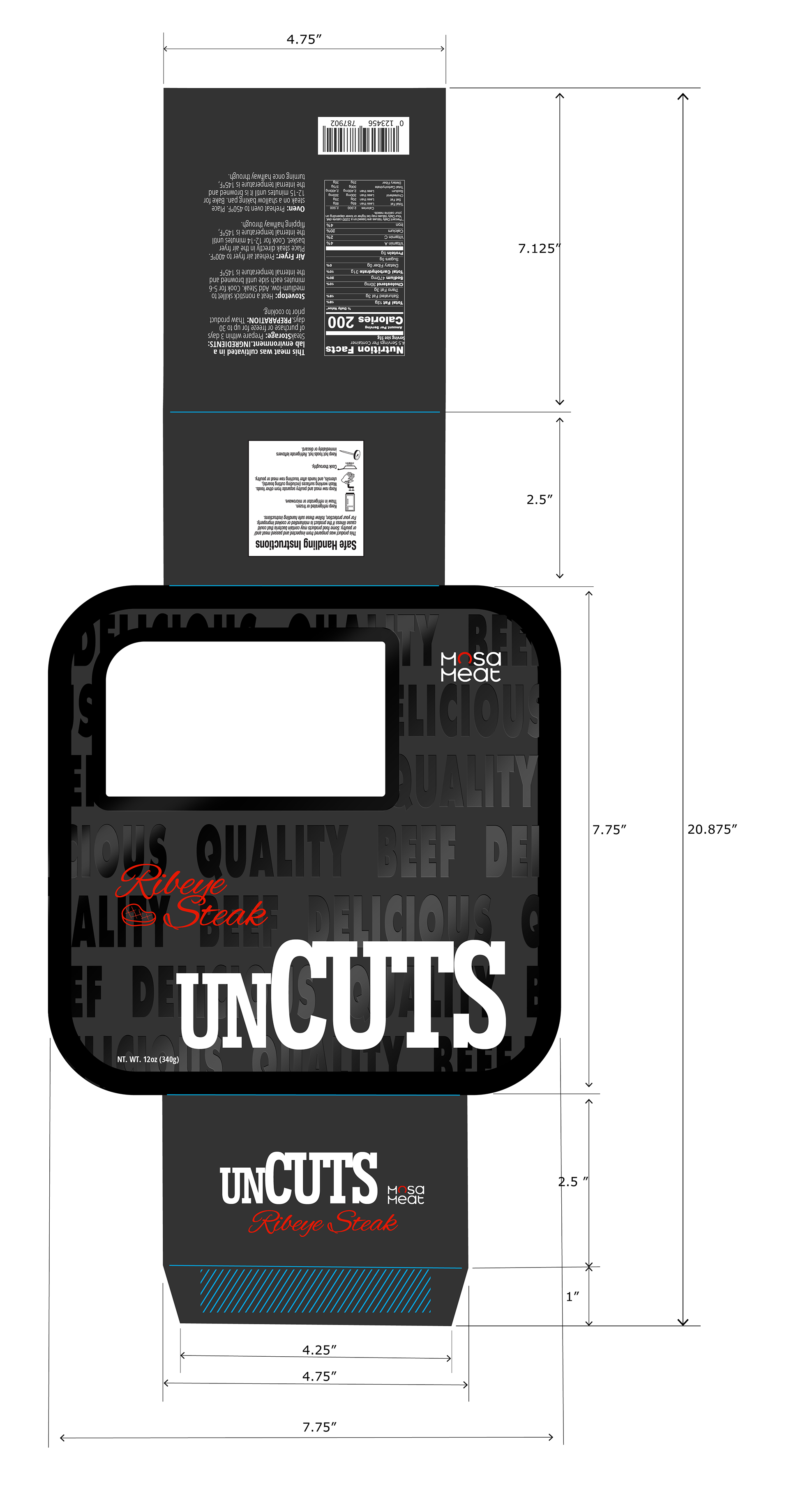
Dieline View
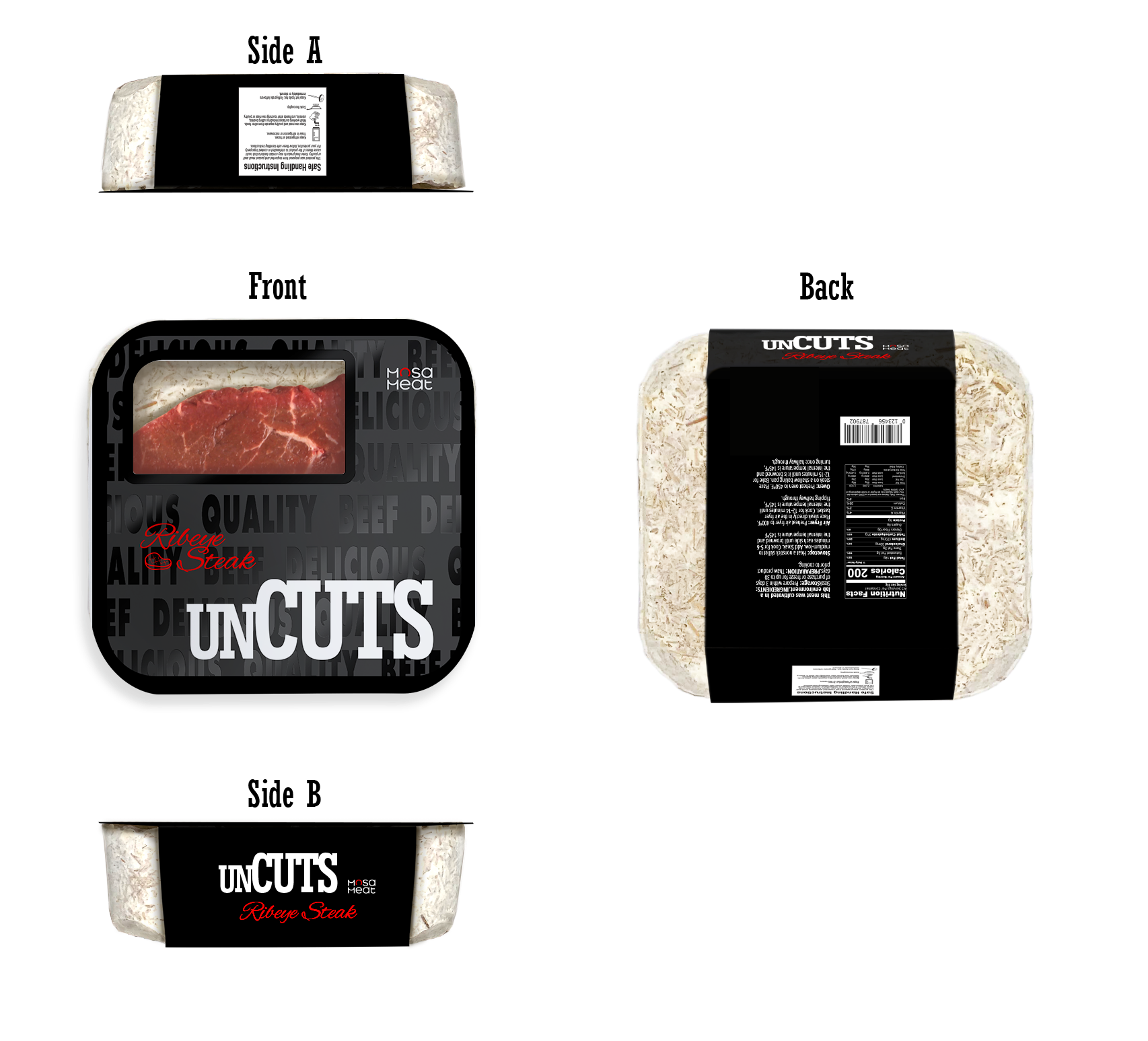
Orthographic View
Click on image to enlarge
Reflection
The process of growing and molding the mycelium tray was both intriguing and educational. It involved considering unexpected factors such as allowing the mycelium to grow at the right rate to avoid accelerated drying or too much moisture. It was also necessary to ensure the tray's protection from contaminants in a non-hygienic environment.
One of my favorite aspects of this project was calculating and creating the dieline layout which provided the opportunity to combine creativity with technical expertise, resulting in a visually appealing and functional package.
This package design for a cultured meat product reflects the importance of sustainability, ethics, and clear communication. It also posed a challenge to balance functional and aesthetic considerations, creating a positive consumer experience that aligns with the transformative nature of cultured meat.
.
